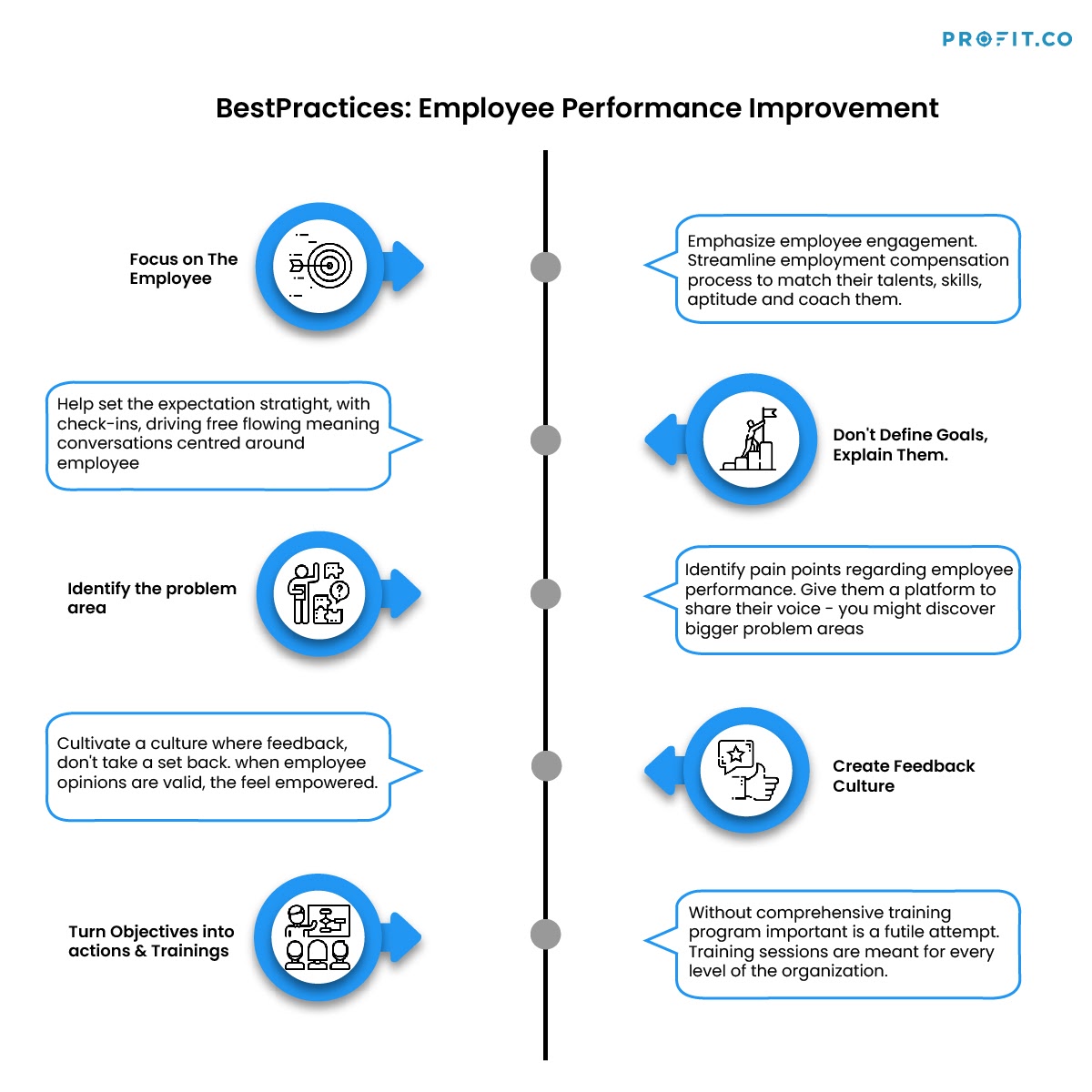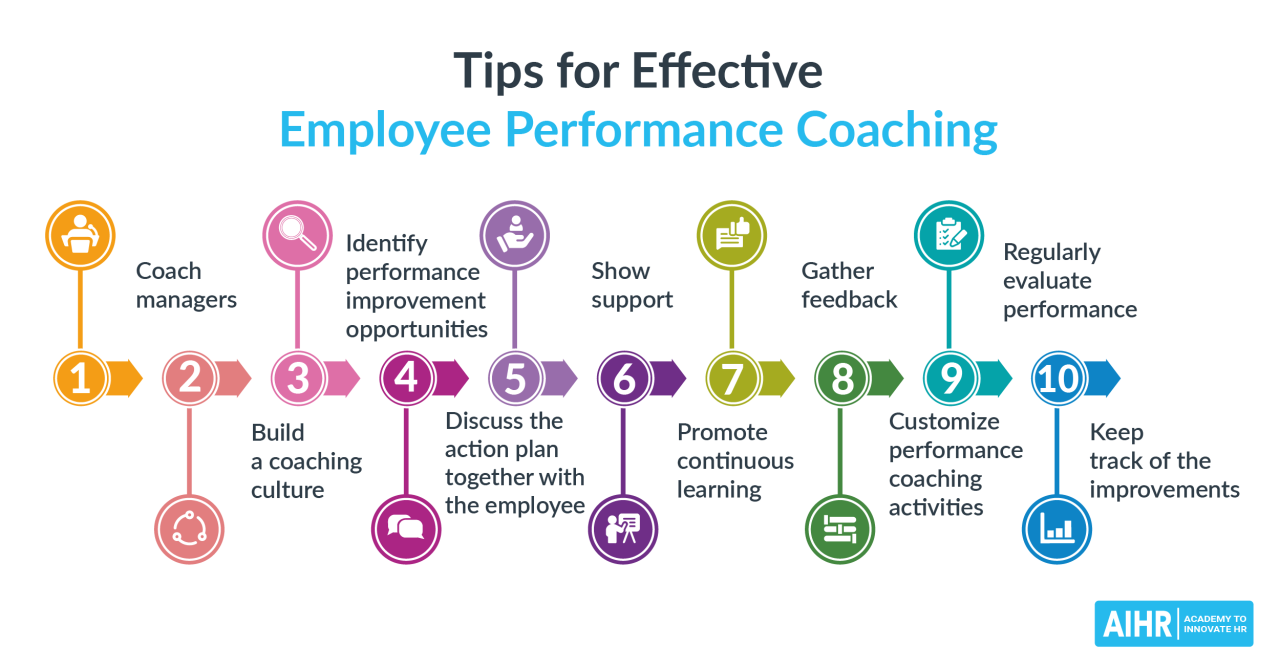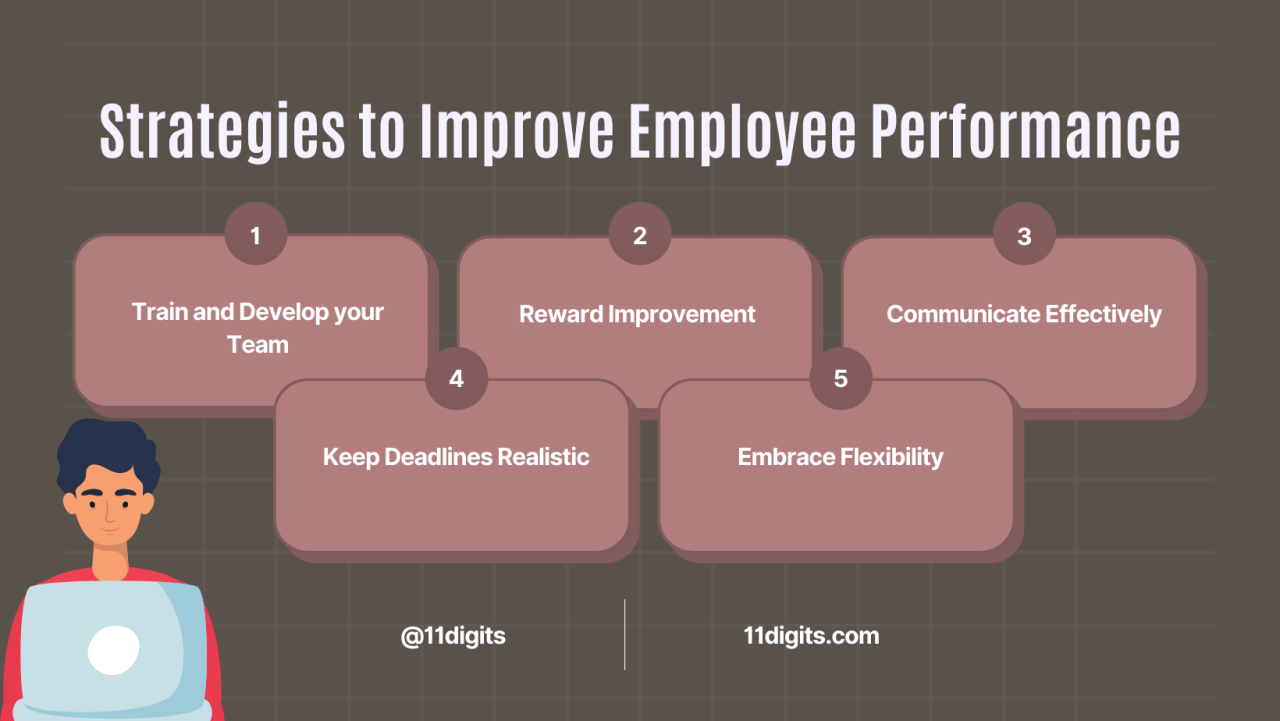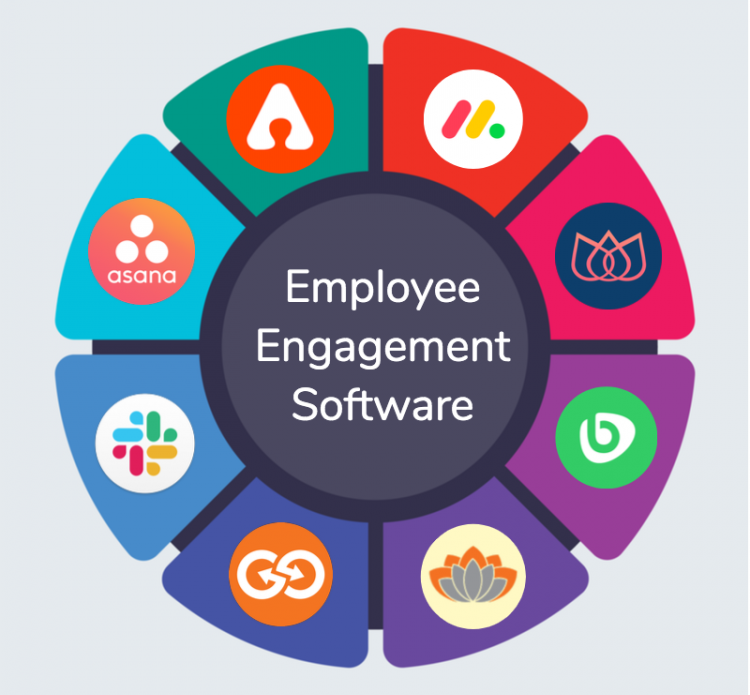Employee Performance Improvement Strategies
Employee performance improvement strategies are essential tools for organizations seeking to enhance productivity, boost morale, and achieve strategic objectives. By implementing these strategies, organizations can create a work environment that fosters growth, development, and continuous improvement.
In this comprehensive guide, we delve into the intricacies of employee performance improvement strategies, exploring their significance, exploring various approaches, and providing practical guidance for their development, implementation, and evaluation.
Definition and Importance of Employee Performance Improvement Strategies

Employee performance improvement strategies are systematic approaches designed to enhance employee productivity, efficiency, and overall performance within an organization. These strategies aim to identify areas for improvement, provide targeted support and development opportunities, and create a work environment that fosters continuous growth and success.
Implementing employee performance improvement strategies is crucial for organizations as it enables them to:
- Increase productivity and efficiency by optimizing employee skills and abilities.
- Enhance employee engagement and motivation by providing opportunities for growth and recognition.
- Reduce employee turnover and absenteeism by creating a supportive and rewarding work environment.
- Improve customer satisfaction and organizational reputation by delivering exceptional service and products.
- Foster a culture of continuous improvement and innovation by encouraging employees to embrace challenges and seek new solutions.
Common Employee Performance Improvement Strategies

Enhancing employee performance is crucial for organizational success. Various strategies can be implemented to address specific performance gaps and foster continuous improvement.
Goal Setting and Feedback
- Establish clear and achievable goals aligned with organizational objectives.
- Provide regular feedback to employees on their progress towards goals, highlighting strengths and areas for improvement.
- Use performance management systems to track progress and provide data-driven insights.
Training and Development
- Identify training needs based on performance gaps and employee potential.
- Provide opportunities for skill enhancement, knowledge acquisition, and professional development.
- Incorporate hands-on training, simulations, and mentoring programs.
Coaching and Mentoring
- Assign experienced coaches or mentors to guide and support employees.
- Provide individualized guidance, encouragement, and problem-solving assistance.
- Facilitate regular check-ins to monitor progress and address challenges.
Empowerment and Recognition
- Delegate authority and responsibilities to employees, fostering ownership and accountability.
- Recognize and reward employees for their contributions and achievements.
- Create a positive and supportive work environment that encourages employee growth and motivation.
Real-World Examples
Example 1: A technology company implemented a performance management system that provided employees with real-time feedback and data on their progress. This resulted in a 15% increase in productivity.
Example 2: A manufacturing firm invested in a training program that focused on improving communication and collaboration skills. After the program, team performance increased by 20%.
Developing and Implementing Employee Performance Improvement Strategies

Developing and implementing effective employee performance improvement strategies is crucial for organizational success. These strategies aim to enhance employee performance, boost productivity, and align individual goals with the company’s objectives. The process involves identifying areas for improvement, setting clear goals, and providing support and guidance to employees.
Steps Involved in Developing and Implementing Strategies
The development and implementation of employee performance improvement strategies typically involve the following steps:
- Identify Areas for Improvement: Conduct performance evaluations and assessments to pinpoint specific areas where employees need to enhance their skills, knowledge, or behaviors.
- Set Clear Goals: Establish specific, measurable, achievable, relevant, and time-bound (SMART) goals that align with the company’s objectives and the employee’s individual development needs.
- Provide Support and Guidance: Offer employees the necessary resources, training, coaching, and mentoring to help them achieve their performance goals. This may include providing access to online courses, workshops, or one-on-one support.
- Monitor and Evaluate Progress: Regularly track employee progress and provide feedback to ensure they are on the right track. Make adjustments to the strategy as needed based on the employee’s performance and feedback.
Tailoring Strategies to Specific Organizational Needs
When developing and implementing employee performance improvement strategies, it is essential to tailor them to the specific needs of the organization. Factors to consider include:
- Organizational Culture: The strategy should align with the organization’s culture and values to ensure employee buy-in and support.
- Industry and Business Goals: The strategy should be tailored to the specific industry and business goals to ensure it addresses the unique challenges and opportunities.
- Employee Demographics: The strategy should consider the diverse needs and preferences of employees, including their age, experience, and career aspirations.
Measuring and Evaluating Employee Performance Improvement Strategies
Evaluating the effectiveness of employee performance improvement strategies is crucial for continuous improvement. By measuring and analyzing data, organizations can assess the impact of these strategies on employee performance and make data-driven decisions for further refinement.
Data Collection Methods
- Performance Reviews: Regular performance reviews provide insights into employee strengths, weaknesses, and areas for improvement.
- Surveys and Feedback: Employee surveys and feedback sessions gather qualitative data on employee satisfaction, motivation, and perceived effectiveness of improvement strategies.
- Observation and Monitoring: Direct observation of employee behavior and performance provides valuable data on skill application and progress.
- Metrics and KPIs: Tracking specific performance metrics and key performance indicators (KPIs) allows for quantitative measurement of improvement.
Data Analysis Techniques
- Trend Analysis: Comparing performance data over time reveals trends and patterns that indicate the impact of improvement strategies.
- Statistical Analysis: Statistical tests can determine the significance of performance changes and identify factors contributing to improvement.
- Benchmarking: Comparing employee performance against industry benchmarks or best practices provides a context for evaluating progress.
- Root Cause Analysis: Identifying the underlying causes of performance issues helps organizations develop targeted improvement strategies.
Challenges and Best Practices in Employee Performance Improvement
Implementing employee performance improvement strategies can present various challenges. However, organizations can overcome these obstacles and achieve successful outcomes by adopting best practices.
Common Challenges, Employee performance improvement strategies
Common challenges organizations face include:
- Lack of clear goals and objectives
- Insufficient resources and support
- Resistance to change from employees
- Lack of employee engagement
- Inconsistent or subjective performance evaluations
Best Practices
To overcome these challenges, organizations can adopt best practices such as:
- Establishing clear performance expectations and goals
- Providing adequate resources and support to employees
- Communicating the importance of performance improvement and addressing employee concerns
- Encouraging employee participation and feedback
- Implementing objective and consistent performance evaluation systems
Question Bank
What are the key benefits of implementing employee performance improvement strategies?
Employee performance improvement strategies offer numerous benefits, including increased productivity, improved employee morale, enhanced organizational efficiency, and a competitive edge in the marketplace.
How can organizations tailor employee performance improvement strategies to their specific needs?
To tailor employee performance improvement strategies to specific organizational needs, organizations should consider their industry, size, culture, and strategic objectives. A thorough analysis of these factors will help organizations develop strategies that are aligned with their unique requirements.





